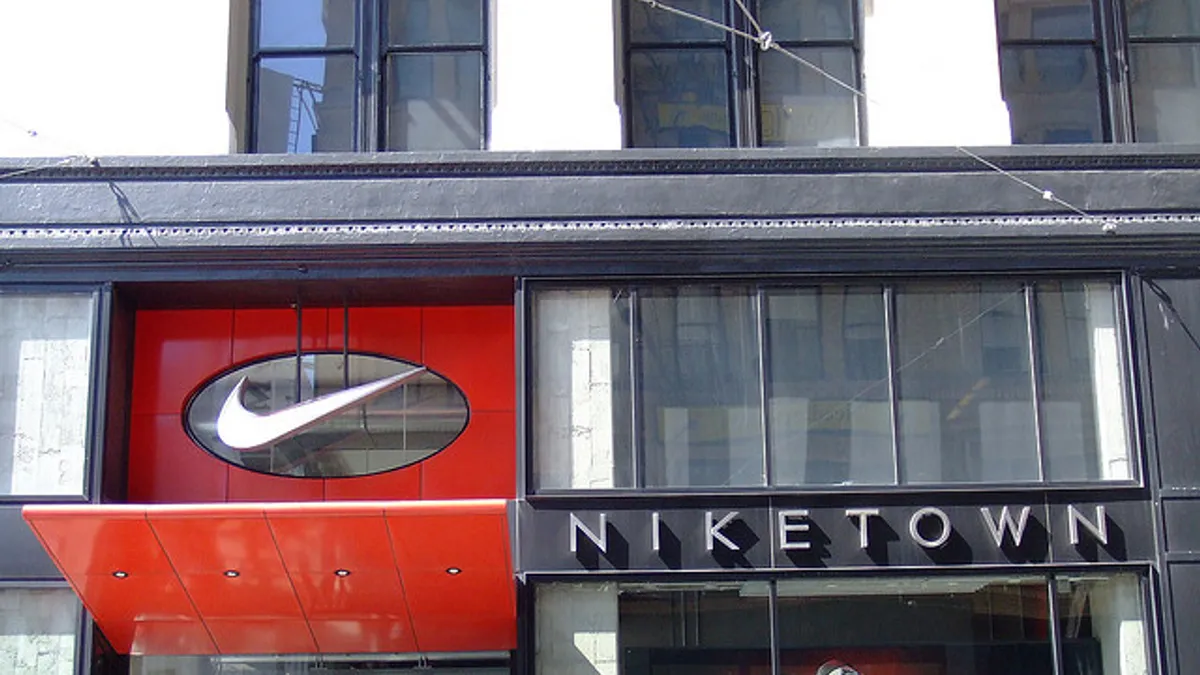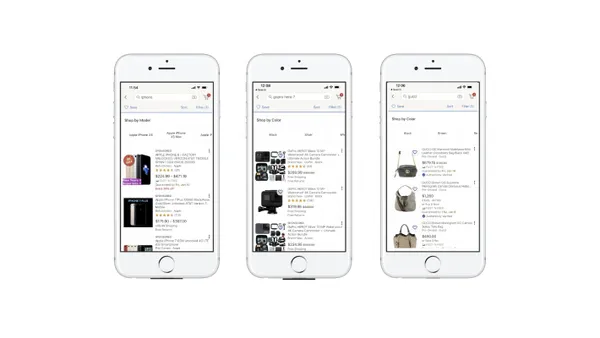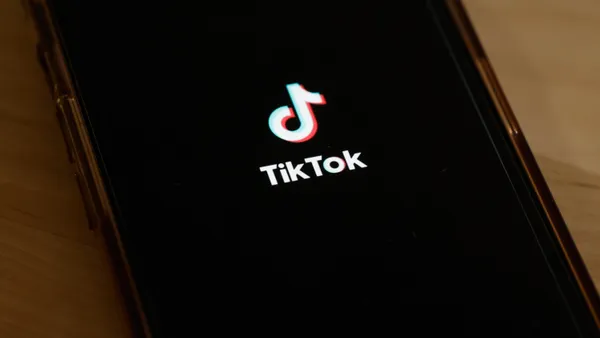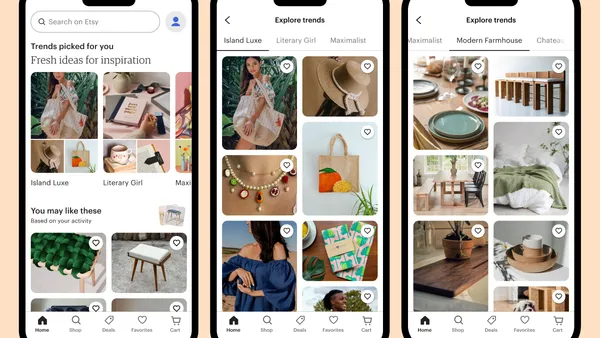Dive Brief:
-
Nike has formally released the Nike+ mobile application it announced earlier this year, unleashing an array of features and content that includes a social feed of Nike products, training advice from professional athletes, invitations to athletic events, booking for one-on-one retail appointments and other capabilities.
-
The Nike+ app also seamlessly integrates with other existing Nike apps, such as Nike+ Training Club, meaning personal fitness and purchasing history can be seen upon logging in to any of the apps.
-
The new app spent several months in beta testing, and is one of the first offerings Nike has released under its new chief digital officer Adam Sussman, who joined the company last February.
Dive Insight:
Yes, Nike has developed yet another mobile app. However, this one isn't just an app; it's also one of the first big plays in Nike's game plan to become more of a direct-to-consumer e-commerce retailer. Nike has some daunting goals related to that plan, including growing e-commerce sales from around $1 billion to $7 billion by 2020.
Nike+ is also not just a shopping app, or at least Nike insists as much by loading the app with content to be something more like a fitness and training advisor. It certainly needs to succeed as a consumer shopping app for Nike, particularly at a time when the company has been under a great deal of financial pressure and is now undergoing a major executive transition with the retirement of Phil Knight.
Mobile shopping via native apps continues to be a difficult business. Just fighting for mobile users' attention is hard enough, and getting them to use apps frequently can be even more challenging. Can Nike achieve the magical combination of useful content, engaging features and straightforward, but somehow non-intrusive product suggestions that keeps users coming back?
If it can create something that users love, the next thing Nike might want to do is eliminate some of its other mobile applications. Migrating fitness and purchasing history across apps is nice, but why divide users' attentions across multiple apps when there are already too many out there?












